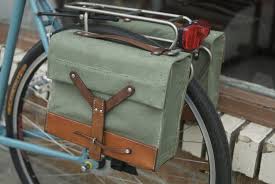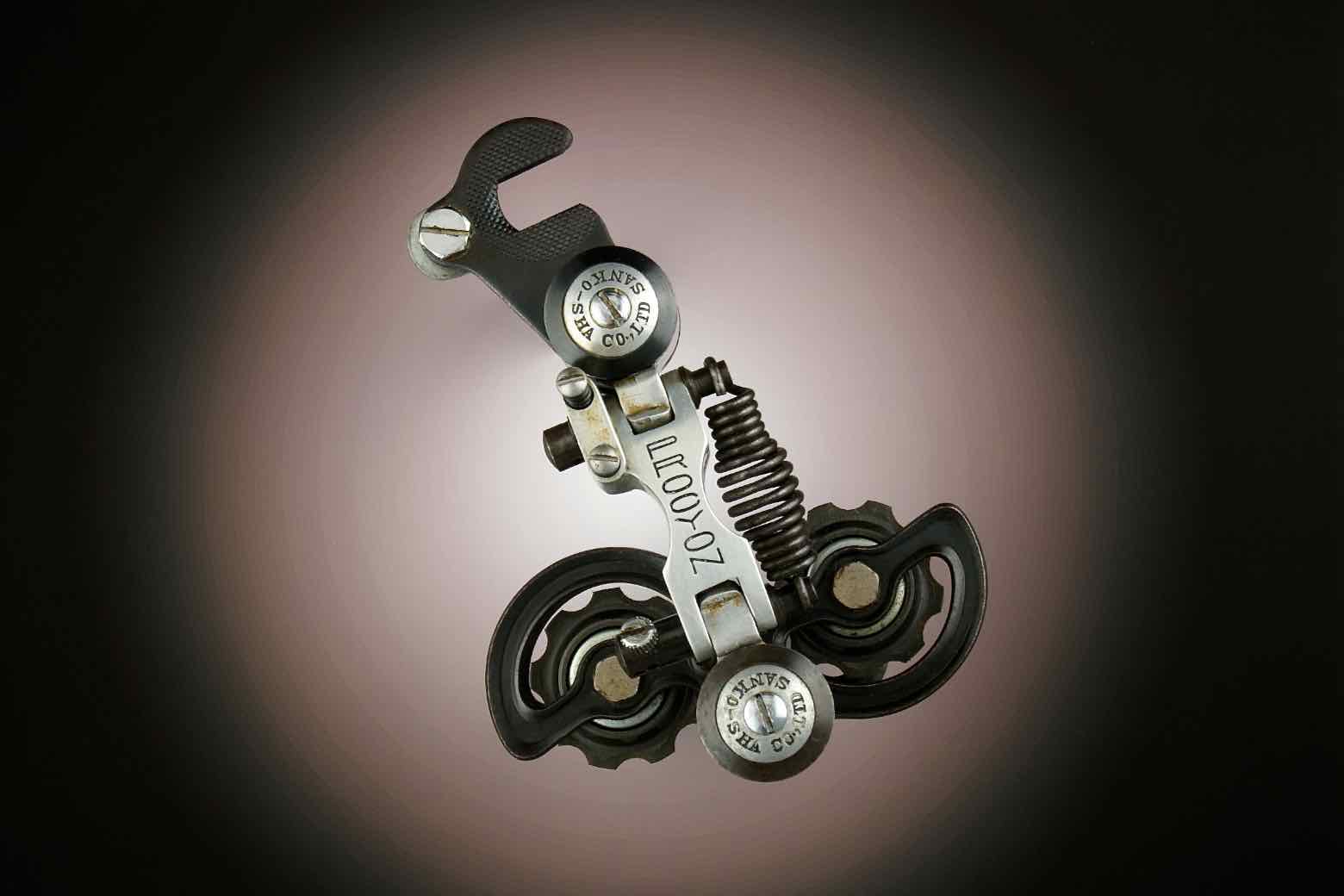With all of the snow and ice we've had this winter, it seems as if some bikes will be frozen in place forever, for some future archaeologist (extraterretrial, perhaps?) to find like one of those ants they sometimes find encased in amber.
The ones that aren't fully or partially buried seem like public statues. Snow layers them in much the same way that it drapes the outstretched arms and wings, and the impassive faces, of those figures of metal and stone.
(I must admit that, during the past few weeks, my bikes haven't moved much more than the ones I've been describing. Or so it seems.)
Last night, I saw an example of a velocipedic monument to this season on Manhattan's West 57th Street, just east of Columbus Circle:
Most, if not all, of us have carried books on a bicyle. Having spent much of my life as a student or instructor, I have hauled more than a few volumes while pedaling to or from classrooms, libraries, bookstores, coffee shops, parks or my living space.
Of course, I'm most often carrying books out of necessity. But sometimes I carry them just to have something to read: I simply can't bear the thought of being in any place for more than a few minutes without something to read or write.
And, I'll admit, sometimes I want to feel or simply look smart. Sometimes I think that half of the people I see reading books on the subway are trying to impress themselves or someone--perhaps they don't even know whom--without seeming to. I'm sure that tome-toters on two wheels have done the same. But you all know that I never, ever do such a thing, right? ;-)
Anyway...I got to thinking about some of the ways I, and other people, carry books when they're riding.
Like many other people, I used a knapsack when I was a student and long after that. But, to tell you the truth, I never liked carrying anything on my back--even a hydration system-- while pedaling.
A few times, I've simply strapped (bungee corded) books to the top of a rear rack. That only works when you have a couple of books and if you're not riding over a lot of bumps and potholes. It seems funny to me now that Pletscher-style rear carriers were often sold as "book racks."

For nearly a year, I've been riding my LeTour to work. I attached baskets to the handlebars and the top of the rear rack. They are very useful, but I find that I still need to put the books in some sort of bag or other protective layer--or stack things on top of them--to keep them from getting shuffled, torn and dirtied. This is especially true if I'm carrying a portfolio or manuscript, or any other papers not in a book binding.

I've also carried my novels, textbooks and poetry anthologies in Carradice-style saddlebags. Because they're waterproof and sturdy, they protect the books well. But books are bulky, and all except the largest saddlebags have limited abounts of interior space. Plus, unless you create some sort of DIY quick-release, you have to pack and unpack the bag whenever you park your bike.

Probably the best solution for carrying books is a pair of pannier bags or baskets that attach the the sides of your rear rack. If you do that, I suggest using panniers on both sides to balance out your load: Books are heavy, and it takes only a couple on either side to imbalance you and your bike.
For the moment, I can't use pannier-style bags or baskets on the LeTour because the basket is attached to the top. That basket is handy when I carry shopping bags or the large bag of cat food but can be a bit unsteady. I'm thinking of removing it so that I can use the panniers. But then I'd have to find another way to carry that 8 kilo bag of CD Diet kitty chow.
Tell me...How do you carry books on your bike? Or do you not carry them?
Most of us who came of age around the time of the '70's Bike Boom believed that in the beginning, good bikes and components came from England, France, Italy and a few other European countries. Reliable but heavy and clunky bikes were made in the US; Japanese manufacturers copied what Europeans and, sometimes, Americans did. And, until the time of the Bike Boom, the Japanese stuff was of lesser quality. Some of us still believed that narrative long after reality proved otherwise.
Thus, we thought that if you were a racer, super-high mileage rider or simply wanted to ride without being weighed down by your wallet, you equipped your bike with Campagnolo components, especially the Nuovo Record rear derailleur. In our heart of hearts, we knew that SunTour derailleurs shifted better. But if a Campy costs four times as much, it must be better, right.
So, while racers and other active riders--or rich blowhards--opted for Campagnolo, in-the-know cyclotourists, recreational riders and other types of cyclists soon learned that, whatever their gearing needs, a SunTour VGT (or, later, Cyclone) was their best bet. Eventually, racers and those with pretentions toward being racers would realize that SunTour derailleurs--and, by extension, other top-flight Japanese components--had "caught up" with or, in some cases surpassed, their European counterparts.
The funny thing is that none of us knew that more than a decade earlier, a Japanese manufacturer made a derailleur that far surpassed anything else that was made at the time. Legend has it that so much was spent to reseach, develop and make this derailleur that it bankrupted the company.
Just a year after Nabuo Ozaki designed the single most influential derailleur in the history of cycling--the Sun Tour Gran-Prix--a smaller Japanese company came up with a "best of" derailleur that incorporated the best design features--except for SunTour's slant parallelogram--of other derailleurs. To be fair, whoever designed the derailleur I'm about to mention may not have known about SunTour's design, as it may not have gone into production and in those pre-Internet days, such information would not have traveled as freely or quickly. Also, I think that even had this derailleur's designer known about SunTour, he wouldn't have incorporated its design as it was so new and radical. He probably would have thought it best to copy, as closely as possible, European designs, as most Japanese bike and component manufacturers did at the time.
The derailleur in question was, apparently, produced for only one or two years and was never exported, at least not in any significant quantities. Thus, to this day it remains all but unknown to cyclists outside of Japan. Even within Japan, not many were sold, as it was more expensive than the Campagnolo Record or any other derailleur. Because of its rarity and quality, it is one of the most sought-after components by Japanese collectors, who tend to favor vintage French (and sometimes British) stuff.
The derailleur I have been talking about is the Sankyo Procyon PV-III. I have never seen one in person, but what I've seen in photos of it leads me to think that it was indeed of the extraordinary quality attributed to it. The knuckles and parallelogram plates were made of nicely-finished aluminum. Recall that at that time (1965-66), Campagnolo's top-of-the-line derailleur, the Record, was still made of chrome-plated bronze.
The Procycon had two sprung pivots, as Simplex derailleurs had. (Only the lower pivot on the Campagnolo Record was sprung.) This allowed, in the absence of a slant parallelogram, for the chain to ride closer to the cogs than it would with a Record. Also aiding the shift was a clever mechanism that kept the cable stop and cable clamp in alignment, and a pulley cage with an offset pivot.
And the build quality, from what I've read and heard, has never been surpassed, not even by Campagnolo's or Mavic's derailleurs. While SunTour derailleurs had an overall better design, they didn't have the otherworldliness, or perception thereof, that the Procyon had.
Now here's something to consider: What if the Procyon, rather than the Campagnolo Nuovo Record, had become the derailleur of choice in worldwide pelotons? Would SunTour have become as influential as it did? If SunTour derailleurs had less influence, would Shimano have copied their most salient design feature and created a successful indexed shifting system? And what would, or wouldn't, other derailleur makers like Huret and Simplex have done?




